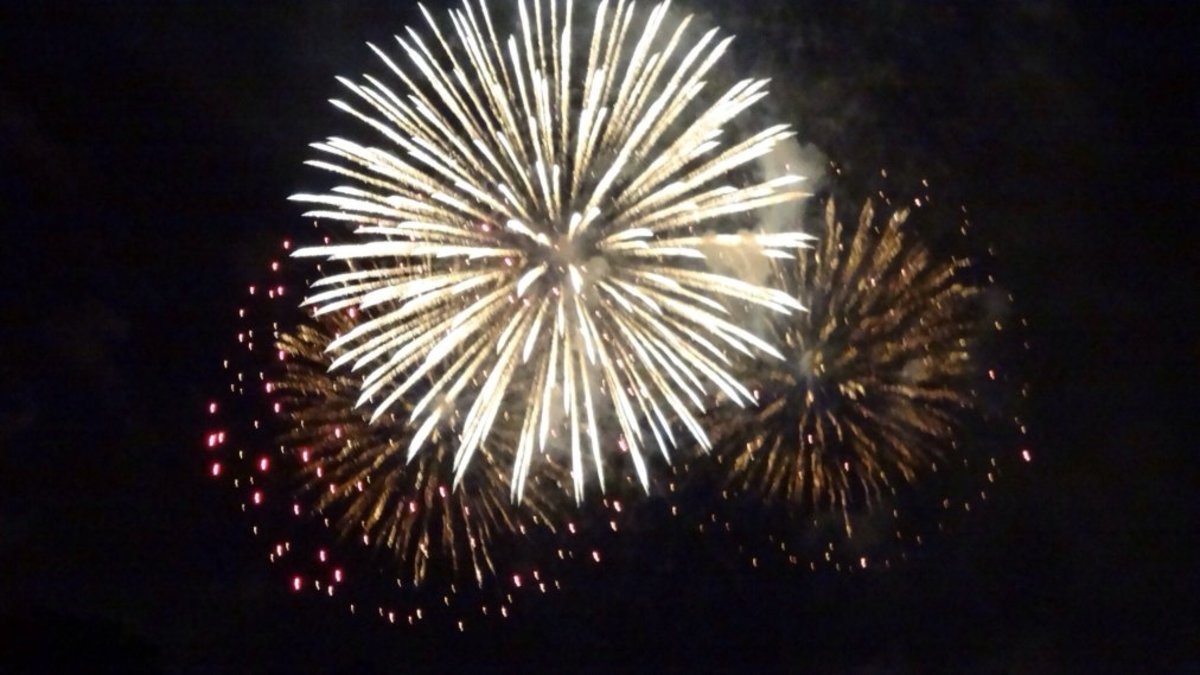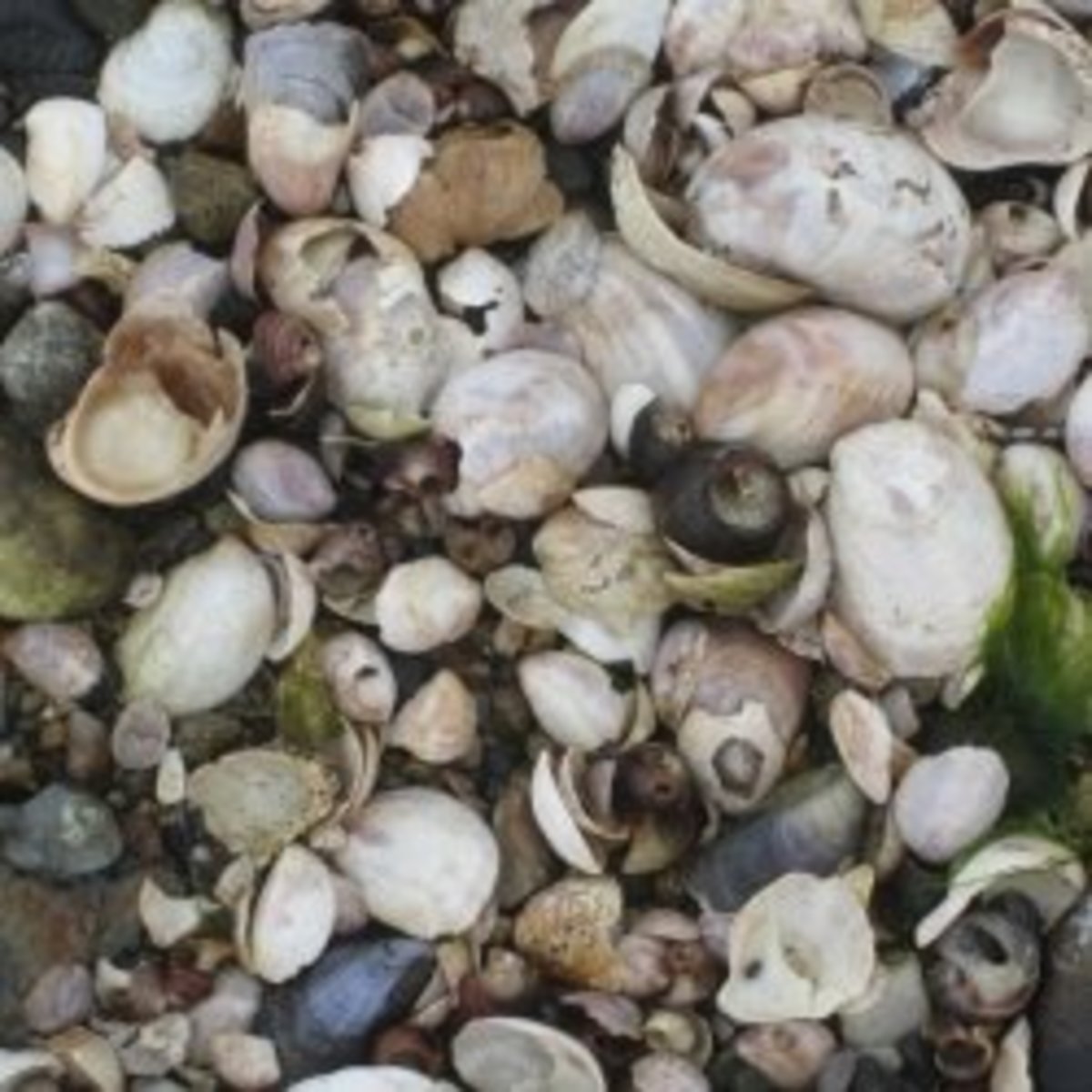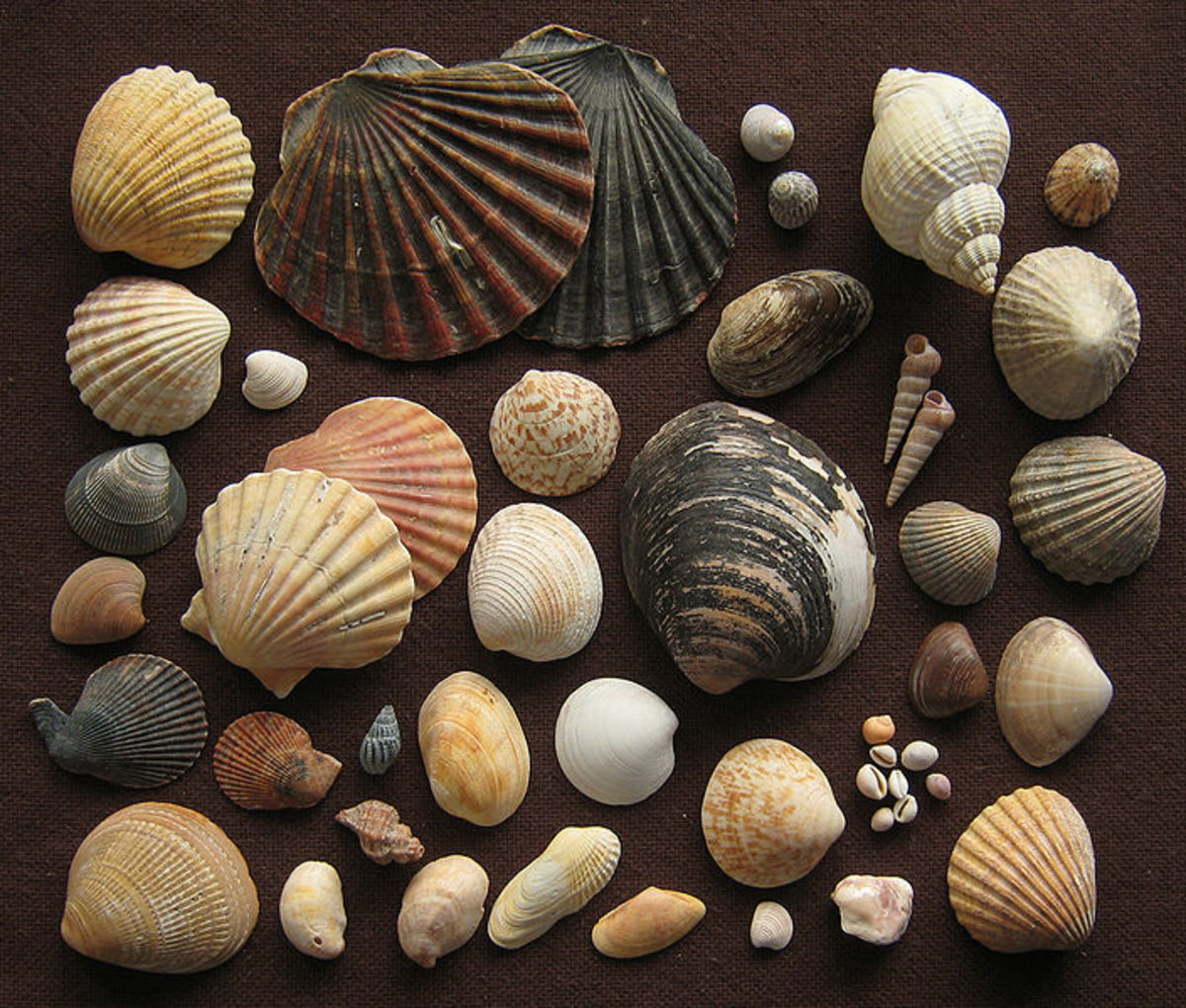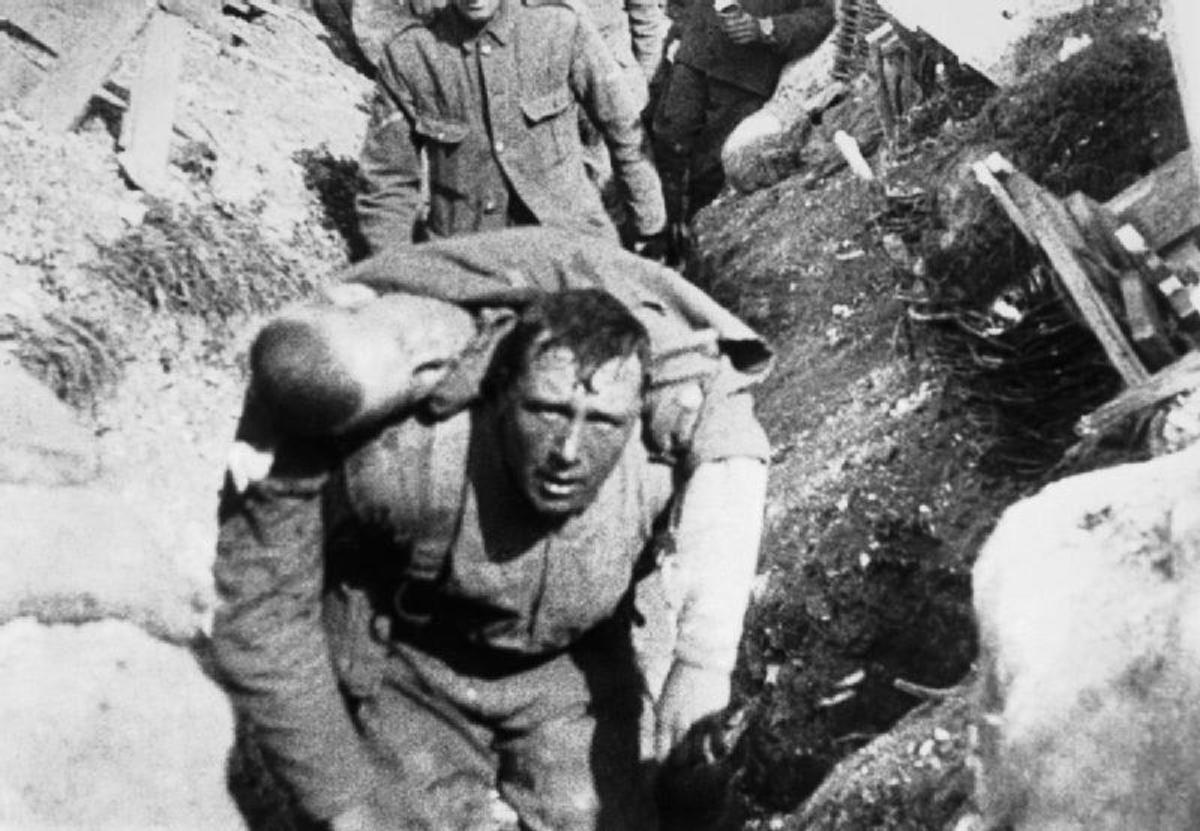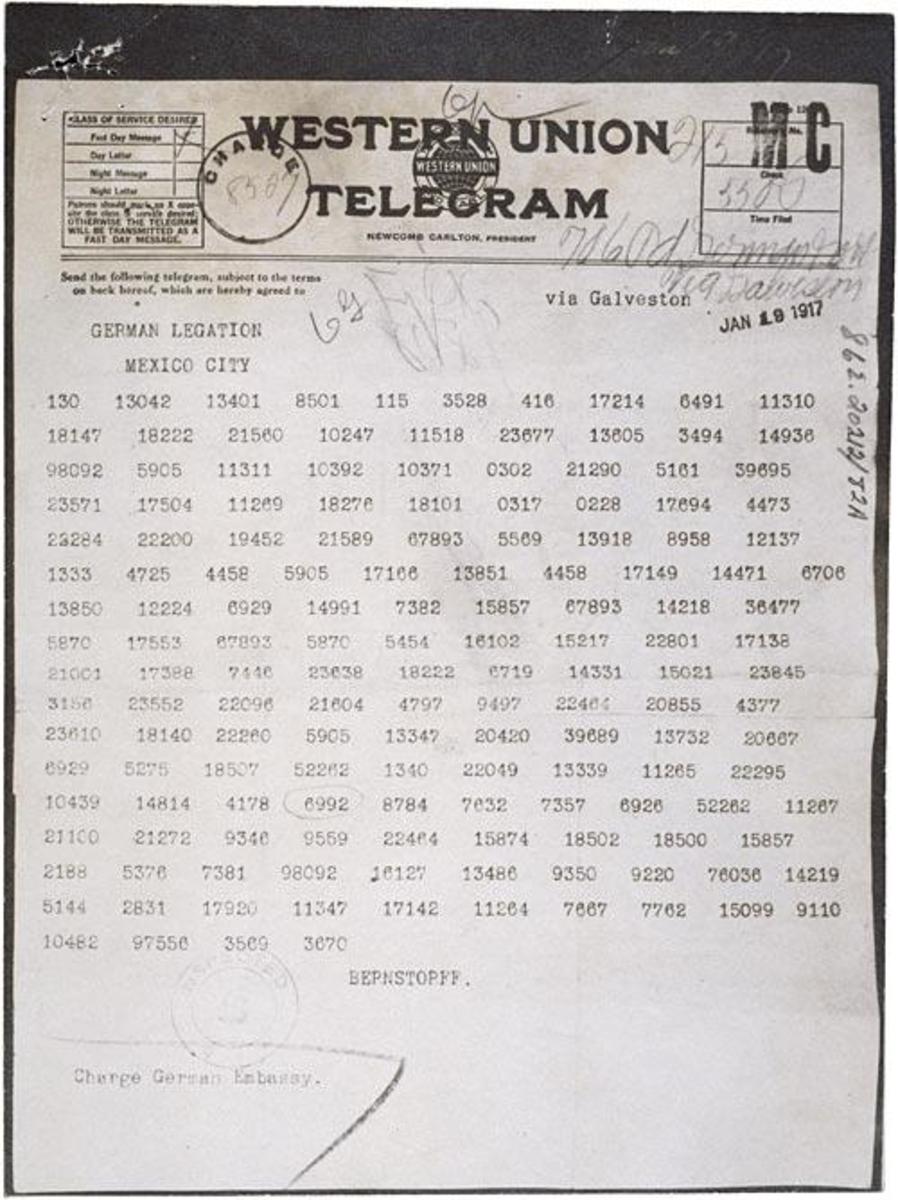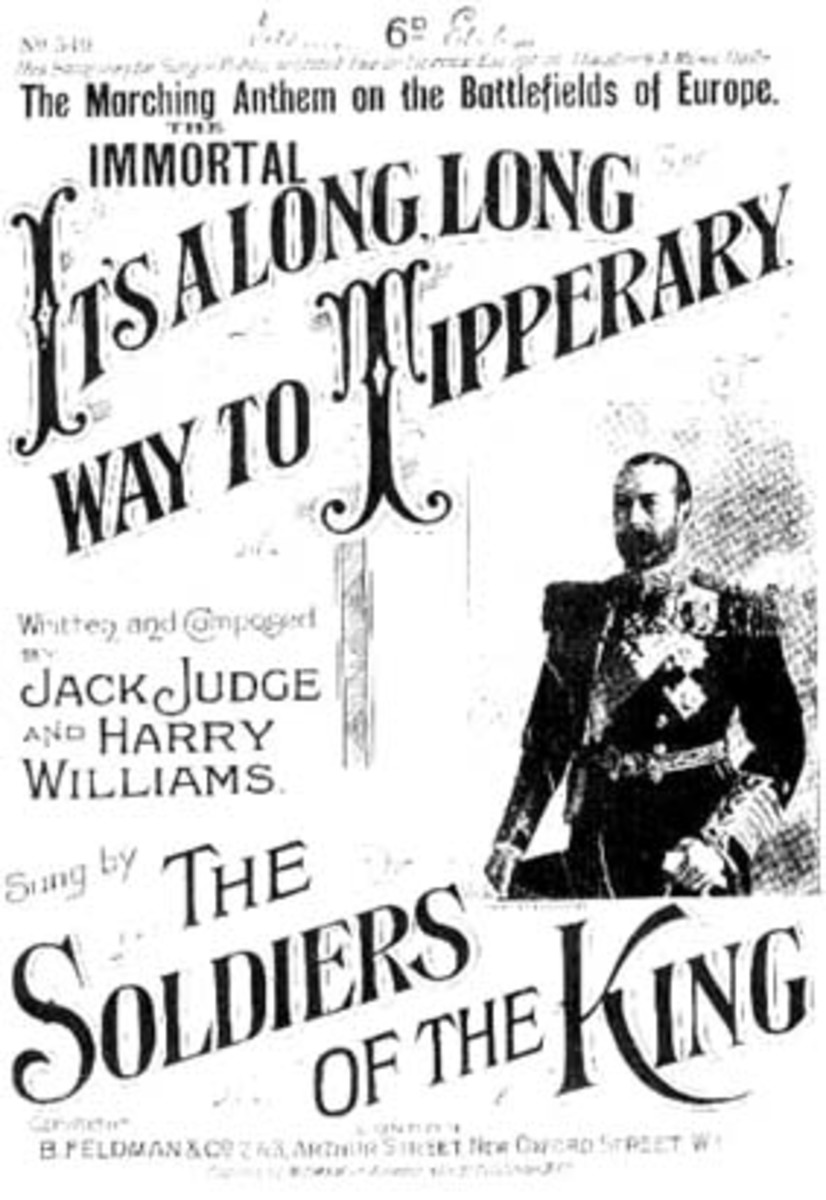- HubPages»
- Education and Science»
- History & Archaeology»
- History of the Modern Era»
- Twentieth Century History»
- World War I
World One War: The Greatest Colossal Gun ever Made!
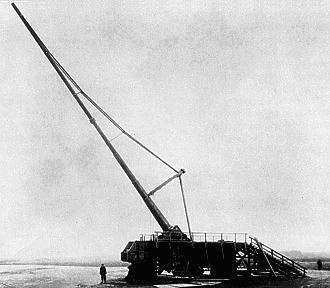
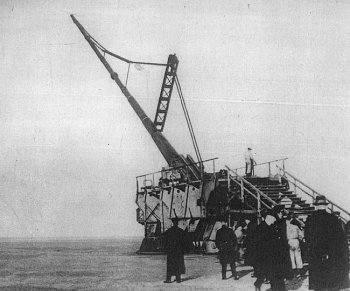
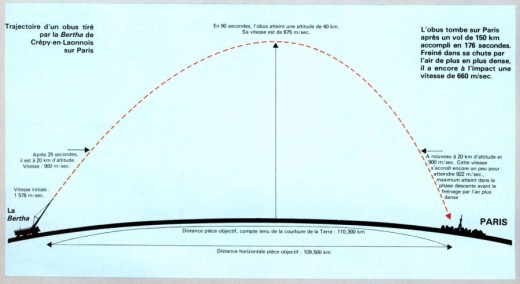
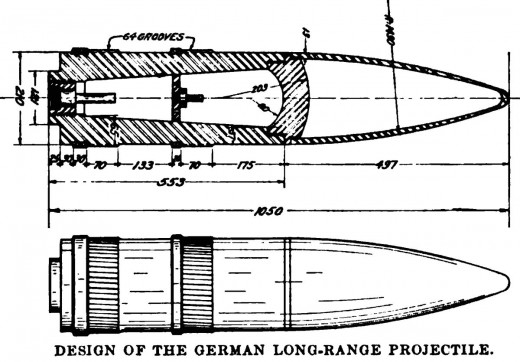
In 1918, Germany unleashed a titanic weapon on the unsuspecting citizens of Paris….
The ‘Paris Gun’ was a German long-range siege gun which the Germans used to bombard Paris in the spring of 1918.
It was the largest piece of artillery in the world in terms of barrel length and calibre.
The ‘Paris Gun’ was also called the ‘Kaiser Wilhelm Geschutz’ or ‘Emperor William Gun, and is often confused with ‘Big Bertha’, a German Howitzer used in 1914 and the ‘Langer Max’. Both of these will be covered in future Hubs.
In terms of a military weapon, the gun was not successful. The Payload of the round was small, the barrel often needed replacing and its accuracy was questionable at best. Although not a brilliant military weapon, the gun was a physiological warfare marvel. Its true intent was to attack the morale of the ordinary citizen who thought they were safe, not destroy Paris itself.
There is much speculation regarding the gun, as there are varying sources on the weapons range, size and performance. The destruction of the gun by the Germans in the face of the advancing allies in 1918, only added to its mystery.
The following facts are known….
The gun was capable of hurling a 210 lb. shell to a range of 130 kilometres (81 miles). That’s the distance from London to Banbury! And a maximum altitude of 25 miles! From the gun being fired at the start of its 170 second trajectory, each shell reached a top speed of 1,600 meters per second
In total seven barrels were constructed for the gun. The Germans used worn-out 38cm SK L/45 ‘Max’ gun barrels that were fitted with an internal tube which reduced the calibre from 15inch to 8inch. The tube itself was 30 meters long and projected 12.9 meters out of the end of the guns barrel.
Further to this, a smoothbore extension was attached to the end of the tube, giving the barrel a total length of 36 meters!
The smooth section of barrel was intended to improve accuracy and reduce the dispersion of the shells. The barrel was braced to counteract the barrels droop due to its length, weight and vibrations whilst being fired. The gun was mounted on a special rail carriage and fired from a concrete emplacement with turntable.
The Gun was manned by 80 Imperial Navy Sailors who were commanded by an Admiral. The gun was surrounded by seven batteries whose job was to conceal the noise created when the gun was fired, in order to not give its position away to allied spotters.
The shells which were fired, reached so high that it was the first man-made object to reach the stratosphere!
This remarkable achievement eliminated drag from air resistance, which allowed the shell to achieve the range of 81 miles.
In looking at the shells, the firing of one round wore away a high amount of steel from the rifled bore. This led to each shell being numbered according to its increasing diameter. The shells had to be fired in numerical order, to avoid the round jamming in the barrel and the gun potentially exploding.
After 65 rounds were fired, the barrel was sent back to Krupp and re-bored to a new calibre of 9.4inches, and a complete new set of shells produced.
The shells fired were composed of thick set steel, which contained 33lb of explosive. The small amount of explosive combined with the abnormal thickness of the shell casing which was meant to withstand the force of firing, meant that the shell exploded into a small number of large fragments.
A crater, described by a French citizen, was described as being between 10-12 feet in diameter and around 4 feet deep.
The gun was fired from the forest of Couchy and the first shell landed on Paris at 7:18am on March 23rd 1918.
Shells continued to rain down on Paris at 15 minute intervals, with 21 shells landing on the first day. Initially the citizens of Paris believed they were being bombed from a new German high altitude Zeppelin, but after a number of hours, shell fragments were found, which ruled out Zeppelins.
With French military authorities aware of a new ‘terror weapon’, numerous wild speculative rumours were abound as to the cause of the explosions. One theory was that a ‘gun’ was being fired from within Paris; subsequently all abandoned quarries were searched for a hidden gun. The gun was discovered on the first day by French aviator Didier Daurat.
The guns emplacement was dug out of the north side of the wooded hill at Chateau Bellevue. Mounted on steel rails, the gun faced Paris. The gun was used to shell Paris at a range of 75 miles. The distance was so great that the Coriolis Effect of the Earths curvature affected trajectory of the gun. Firing at an azimuth of 232 degrees, west by southwest, then gunners had to take into consideration that the shells landed to the right of their target due to the curvature of the earth.
In total, between 320 and 367 shells were fired on Paris, at a maximum number of 20 per day. The explosions killed 250 people and wounded over 500.

